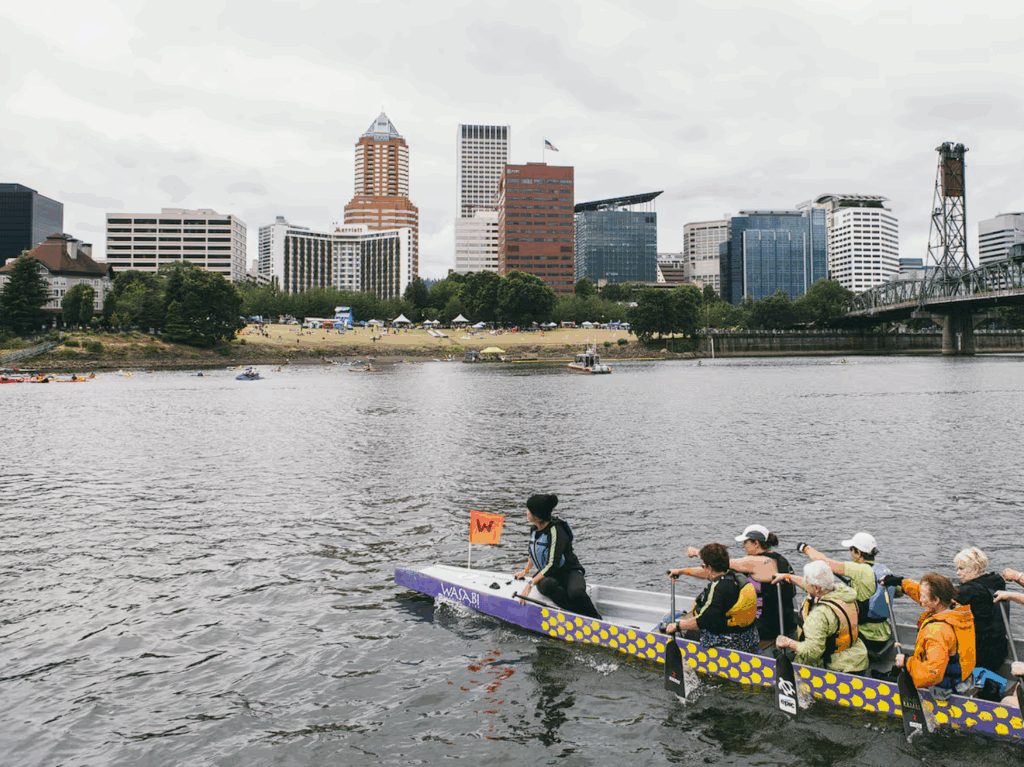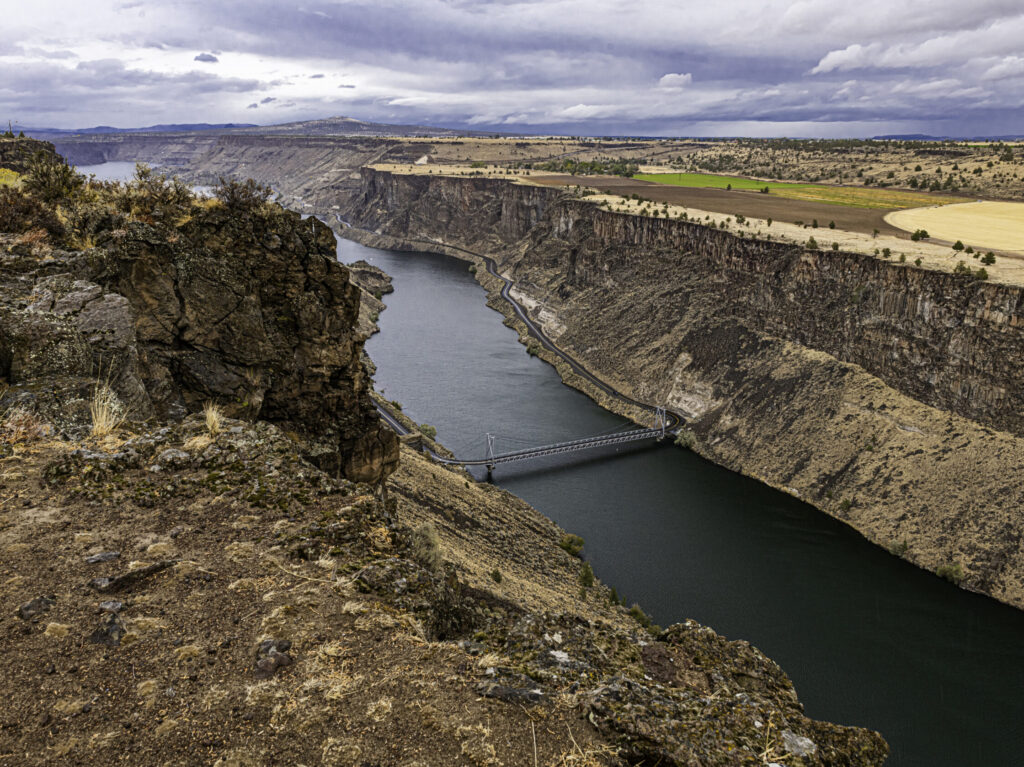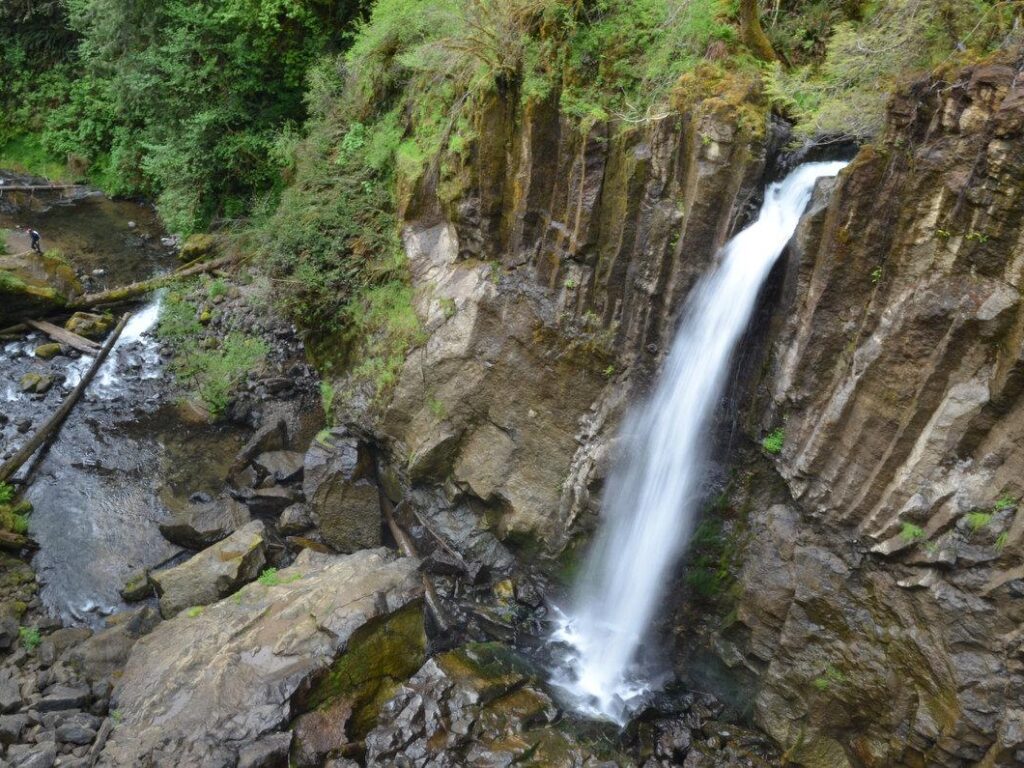Good Things Come From Small Places
Author
Posted
Share

I hear this line often when I’m out working in a stream: “There’s no fish in that ditch!” I used to think that, too. I realize now that it’s a bit of a myth to think that.
In my exploration of the streams that flow through farms and cities, I’ve been surprised how much life there is even in the smallest waters. I’ve netted juvenile coho in people’s backyards. I’ve relocated hundreds of minnows (speckled dace and redside shiner) during road construction projects. And sadly, I’ve seen a dozen Pacific giant salamanders that succumbed to an overdose of liquid fertilizer after a truck carrying a load crashed into a 2-foot wide spring-fed stream. These observations made me realize the importance of small streams. I now expect that a stream no matter what size will have a fish, a frog or a salamander making a good living for itself. Even little streams that go dry in summer can have a lot of value when they start to flow. They aren’t actually ditches after all.
Big rivers produce big fish, it’s true. And if you like to go fishing, you probably know this well. I have a hypothesis that in American cuisine, we like big fish, partly because there’s more meat on the bones. Then there’s bragging rights, too, if you caught it. I wonder if we like big fish because American food is eaten with a fork and knife, or by the hands, if it’s crispy enough. In contrast, in my Japanese family, I grew up eating a lot of smaller fish. I assume that’s partly because it’s easy to work around the bones with chopsticks. There’s also an incredible variety of different kinds of small fish to eat! I continue to eat this way as an adult, like these grilled herring with rice and miso soup!
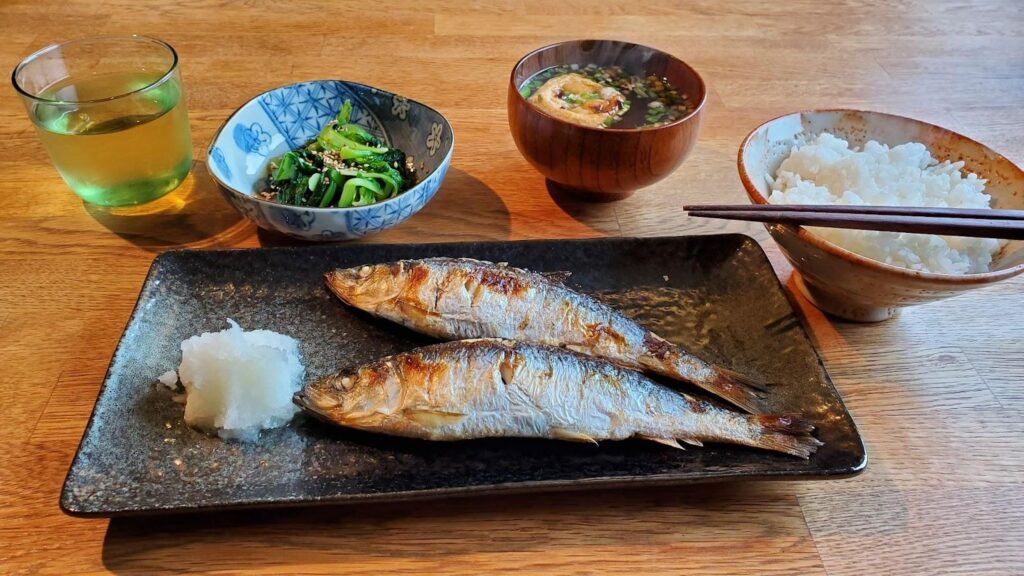
Is there a bias towards big fish that makes little streams seem less important?
A decade ago, I studied fish in several streams in Gresham and the rural parts of Multnomah County. I discovered so many young coho salmon and steelhead trout where I didn’t expect to find them. Both fish are on the endangered species list, so it’s kind of a big deal! I found these fish in streams that I could easily hop across. In one backyard, a neighbor stood in disbelief when I netted juvenile coho salmon about 4 inches long from behind this swingset. He’d never seen a fish in his stream before. He told me the stream went dry in the summer, and he didn’t see its value – until that moment.
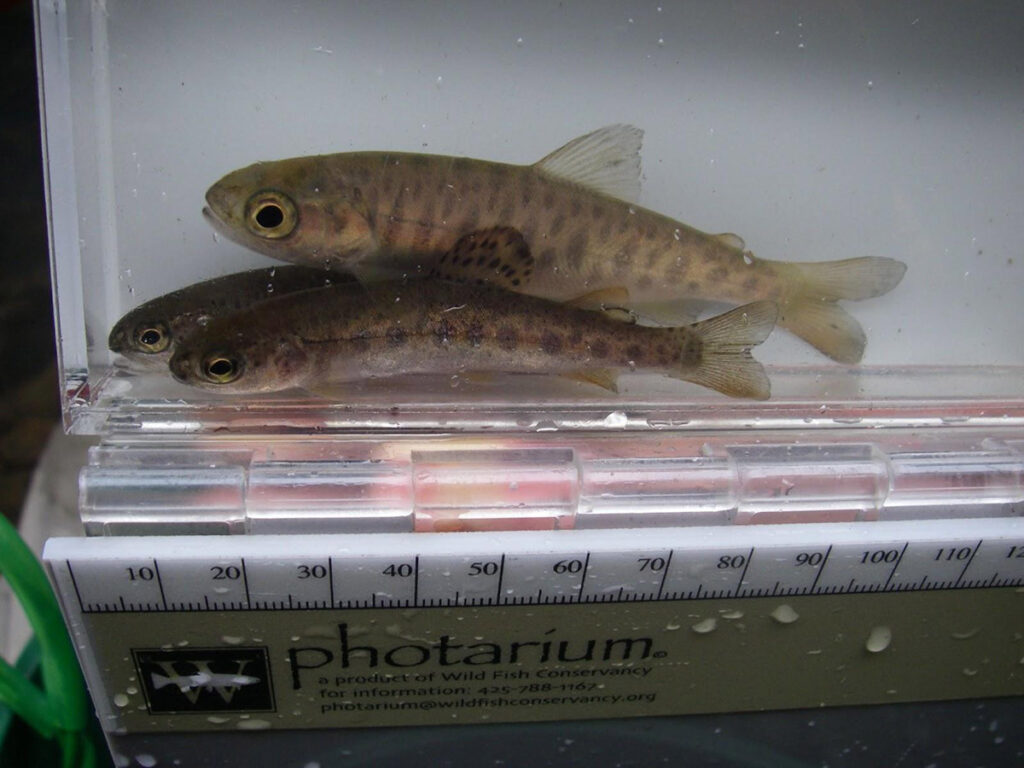
In these little streams, we often find good water quality. In the winter when it rains, there may not be any polluted runoff draining into them from the street or farm. These streams become an important refuge for fish from the fast flowing water in the main river in winter. However, if your neighborhood sends rain from your house or road to a small stream nearby, be aware of the household chemicals or auto fluids that may runoff into the stream!
In summer, small spring-fed creeks often have very cold water, and are shaded by overhanging trees and plants. Since coho and steelhead spend at least a year in freshwater before they migrate out to sea, they rely on these habitats to grow strong enough to survive that journey. Frogs and salamanders also like these small habitats, like spring creeks and wetlands, if there are no fish to bother them.
It’s not uncommon that stream habitat restoration often occurs on the biggest or largest habitat, that’s not the whole strategy. We know that the smallest streams can help little fish become big fish. Even the ones that go dry in the summer. It’s especially important to have these smaller habitats for fish and amphibians to take refuge, if something catastrophic happens.
Chances are, if you live in Oregon or Southwest Washington, you live near a small stream. If you get low, stay quiet, and look hard enough, you’ll probably find a little fish in these habitats. It just might be the one fish out of the 10,000 eggs spawned by the parent fish, that will make it to adulthood. There’s magic in these little streams. I didn’t know this until I was an adult. But, I bet the children in your life might know this already. It’s funny that way.
I hope you get out and explore! That’s what Follow the Water is about!

Related Posts
Oregon Water Stories: Multnomah County
Oregon Water Stories is a project of PSU Professor Melissa Haefner’s freshman inquiry class, running…
Oregon Water Stories: Jefferson County
Oregon Water Stories is a project of PSU Professor Melissa Haefner’s freshman inquiry class, running…
Oregon Water Stories: Lincoln County
Oregon Water Stories is a project of PSU Professor Melissa Haefner’s freshman inquiry class, running…


